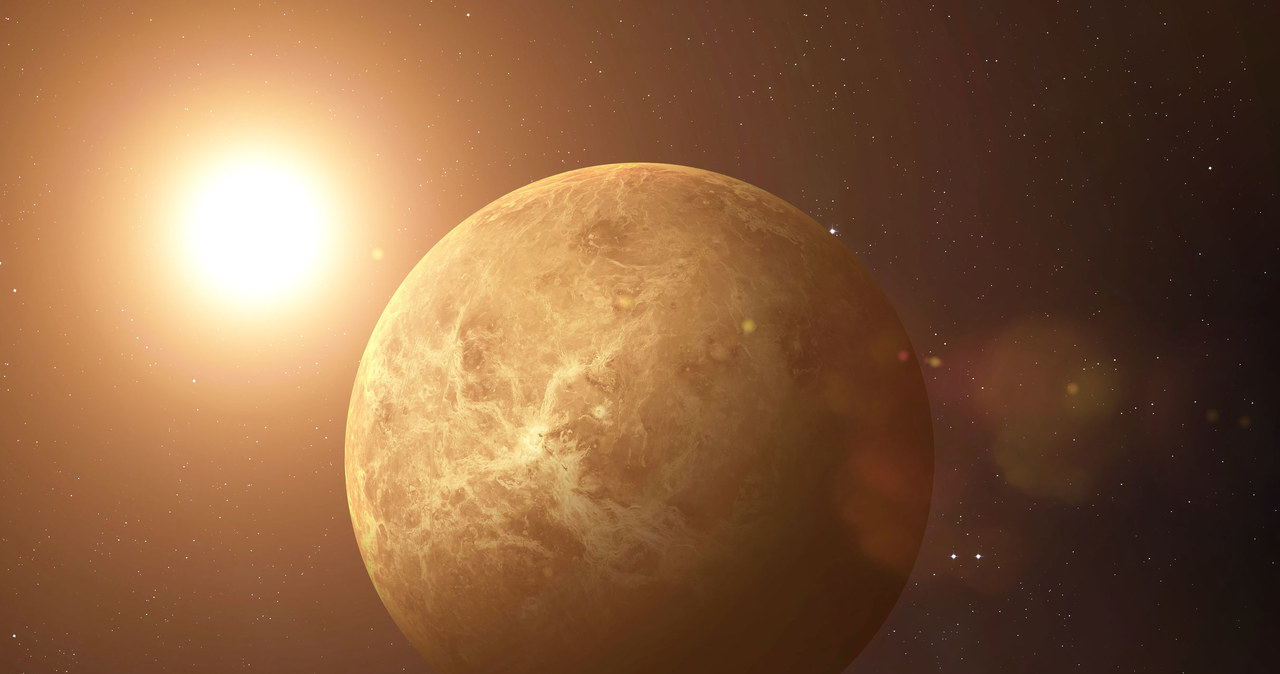Astronomers are just preparing To launch a project under which they will use the $10 billion James Webb Space Telescope to observe the aurora borealis on distant planets such as Saturn and Uranus.
In the case of both planets, we may be dealing with very different processes than what happens in the Earth's atmosphere. Whichever way you look at it, we're talking about a gas giant and an ice giant, respectively. However, it is knowledge of how the solar wind stream and plasma clouds emanating from the Sun's surface affect planets with atmospheres and magnetic fields that will allow us to see the universal features common to all aurora.
When a cloud of high-energy particles reaches the Earth's ocean, these particles are intercepted by our planet's magnetic field lines and transported toward the planet's magnetic poles, where they reach only the upper layers of the atmosphere. Their collision with atmospheric molecules leads to the emission of radiation that is observed from the surface of the planet in the form of the aurora borealis. The more turbulent processes occur on the Sun, the stronger the aurora will be and may be visible farther from the poles than usual.
Read also: The penultimate planet in the solar system has its own aurora. However, human eyes cannot see them
However, it should be noted that Earth is not the only planet where aurora borealis occur. Scientists admit that in the case of Saturn and Uranus, we know very little about these phenomena. Whichever way you look at it, the first aurora on Uranus, visible in infrared, was not recorded until 2023, after nearly thirty years of observations.
However, it is worth paying attention to the fact that Uranus is an unusual planet in many respects. First, its axis of rotation is in the direction away from the Sun, meaning it is tilted by more than 90 degrees with respect to the axis of rotation of all the other planets in the solar system. This is most likely the result of its collision with an Earth-sized planet in the distant past.
This unusual orientation of the planet means that the aurora occurs on this planet where other planets have an equator. Therefore, the stream of particles coming from the Sun directly hits the planet's poles. Astronomers have wondered for years whether this arrangement and the aurora are responsible for the fact that the planet is much warmer than models based on the amount of radiation reaching the planet from the Sun suggest. But it should be noted here that the excess heat actually affects the four gas giant planets, including those whose poles do not point toward the Sun. However, it is possible that the aurora borealis is responsible for at least some of the heat reaching the planet's interior.
Read also: James Webb discovered the aurora borealis on… a lone brown dwarf. How is this possible?
The James Webb Space Telescope will begin observing the two planets in early 2025. According to the plan, the telescope will observe Uranus for 17 Earth hours, or a full day on Uranus. Likewise, Saturn will be observed throughout the entire Saturnian day, i.e. 10.6 hours. During this time, NIRCam will monitor auroras and changes in the temperatures of planetary atmospheres under the influence of these auroras.
This research may also be useful to scientists looking much further into space. Whichever way you look at it, most exoplanets discovered so far are planets the size of sub-Neptunes and giant planets. If we better understand the processes that drive auroras on Uranus and Saturn, we will be able to better understand auroras that appear on the exoplanets. After all, everything is interconnected.

Echo Richards embodies a personality that is a delightful contradiction: a humble musicaholic who never brags about her expansive knowledge of both classic and contemporary tunes. Infuriatingly modest, one would never know from a mere conversation how deeply entrenched she is in the world of music. This passion seamlessly translates into her problem-solving skills, with Echo often drawing inspiration from melodies and rhythms. A voracious reader, she dives deep into literature, using stories to influence her own hardcore writing. Her spirited advocacy for alcohol isn’t about mere indulgence, but about celebrating life’s poignant moments.



![How to prepare mushrooms for drying? We explain how mushrooms are dried [PORADNIK]](https://www.moviesonline.ca/wp-content/uploads/2022/09/How-to-prepare-mushrooms-for-drying-We-explain-how-mushrooms.jpg)





